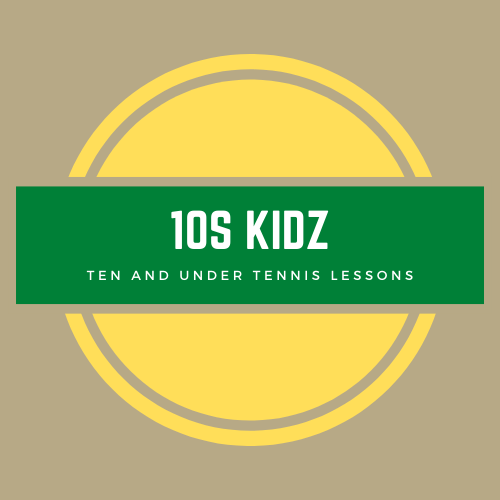.bmp) What is it that keeps some players improving and others plateau or fall behind? Is it that these players are more talented or do they expend more effort? How does a tennis player go from never being in the top 50 to being a Division I tennis player?
What is it that keeps some players improving and others plateau or fall behind? Is it that these players are more talented or do they expend more effort? How does a tennis player go from never being in the top 50 to being a Division I tennis player?
These questions can be answered in one word: mindset. Your mindset, how you think about what you are doing will dictate much of your success. Those players that continue to get better often have a growth mindset. The growth mindset is based on an idea that you can improve your abilities through learning, experimentation, and training. By focusing on learning and effort, one believes they can accomplish anything through hard work.
A person who thinks with a growth mindset is focused on mastery. In tennis the person will focus on taking personal ownership of their ability to improve their mental toughness, fitness level, technique, and tactics. They seek out assistance to help them achieve mastery in each area. The growth mindset is mastery oriented compared to a fixed mindset that is ego oriented. What does mastery oriented mean? It means that over time a person will improve if they are focused on mastering skills. A great example is someone who starts out serving with a forehand grip and practices with a serve grip, over time they will be a completely different player.
One thing we focus on in ten and under tennis lessons is mastery of a skill, no matter where the child is, their goal is to master part of the stroke until they get all of the stroke. It is also about them having early success. It is easier to learn something difficult if you have early success. We believe everything is a teachable moment. We focus on what we can learn today because it is building a foundation for the future.
Article review from TennisPro. Official Journal of the Professional Tennis Registry. (2014)












